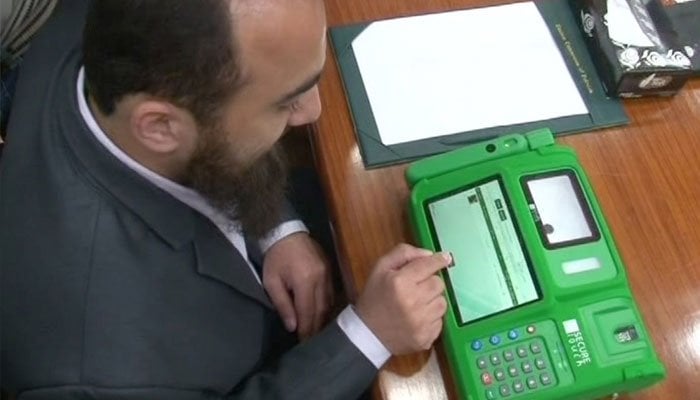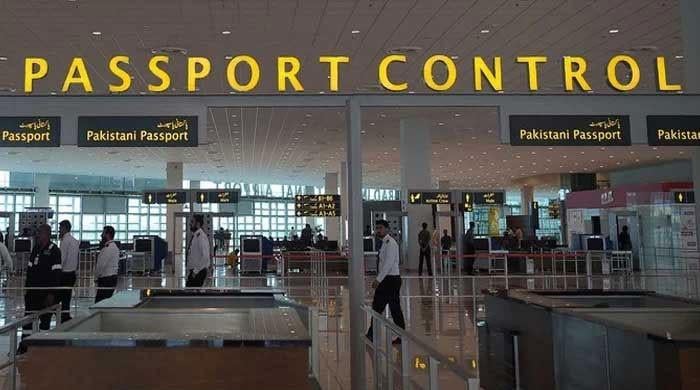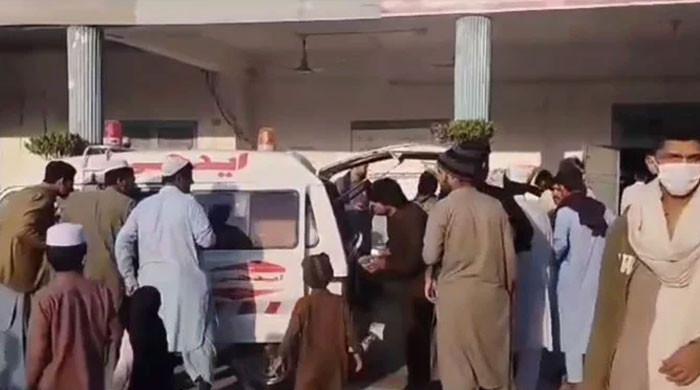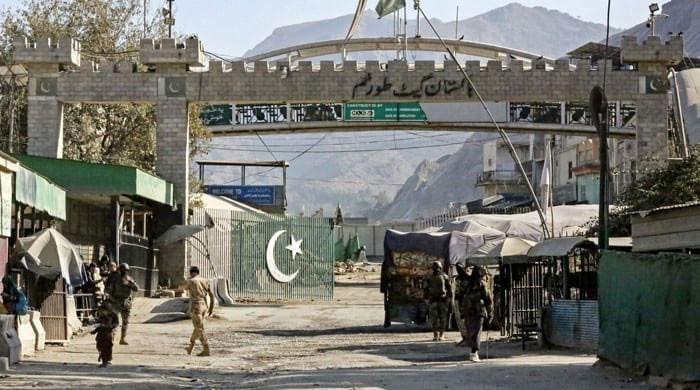In a 2018 report, govt officials had highlighted risks in electronic voting; what has changed?
A confidential report circulated in 2018 among government officials had highlighted some serious risks in the e-voting process
November 20, 2020

In a televised address on Tuesday, Prime Minister Imran Khan promised that he will introduce electronic voting in Pakistan for the next general elections with the hope that it will put an end to accusations of election fraud.
However, it is not clear how electronic voting (also called e-voting) will solve that problem. In fact, a confidential report circulated in 2018 among government officials had highlighted some serious risks in the e-voting process, particularly its vulnerability to internet-based attacks.
Flaws in online voting
Admittedly, it is not clear what the prime minister meant when he spoke about e-voting, as there are a number of ways a poll can be conducted electronically. These may include electronic machines in polling booths to record votes, or even voting completely online, using household devices like laptops and other personal devices.
On the latter, it may be recalled that in April 2018, the Supreme Court had directed the Election Commission of Pakistan to constitute a task force for a technical audit of iVote (Internet voting), especially if it was to be used as a means to accommodate the votes of overseas Pakistanis.
The audit, which was completed the same year and has remained the most comprehensive assessment of online voting to date in the country, was kept confidential.
In the 78-page document, seen by Geo.tv, government officials had described Internet voting as “a controversial issue”, and added that most “technologically advanced countries in the world have either rolled back online voting or have deliberately chosen not to deploy it.”
One concern international cybersecurity professionals had repeatedly voiced was regarding the security of Internet voting, the report explained.
“Researchers have discovered vulnerabilities […] on such systems (including those deployed in the US, Estonia and Australia) that impacted tens of thousands of votes,” the audit read.
In order to prove that online attacks could be a major concern, officials conducting the assessment sent fake emails addressed from the National Database & Registration Authority (NADRA), which directed voters to a fake voting website.
The operation, the report added, was successful.
Even with ironclad security, the report went on, the voting process cannot be entirely secured as attacks will target voters and their computers, rather than the voting system.
Voter’s electronic devices were “not under NADRA’s control,” the report noted.
Another reason online voting would be a problem in Pakistan was that the secrecy of ballot would be hard to ensure, especially when Clause 94 of the Elections Act 2017 and Article 226 of the Constitution provide voters the right to not disclose information on their ballots.
“Casting votes outside a poll-booth environment typically enables vote-buying and voter coercion. In our particular case, there is a very real possibility that votes may be bought and sold and coerced overseas in regions where the ECP has no mandate to investigate or prosecute such attempts,” the report had warned.
Problems with electronic voting machines
Furthermore, the jury is still out on whether electronic voting machines (EVMs) can solve the problems plaguing the elections process, as these machines too have some are inherent vulnerabilities that must be considered before employing an all-out effort to go digital.
According to a report by Democracy Reporting International (DRI), in the past, several countries introduced EVMs to ensure free and fair elections but later retracted the decision.
India, for instance, started to replace paper ballots with EVMs from 2001, terming the machines "fully tamperproof." Research, however, later demonstrated specific vulnerabilities and problems with the use of the Indian EVM.
First, it turned out that despite elaborate safeguards in place, EVMs were still vulnerable to serious threats, as election staff with physical access to the machines could install malicious hardware to steal votes.
Besides, researchers found that maintaining transparency in EVMs is very difficult because the operation of these machines requires extensive training and technical know-how. Countries like Ireland and Germany dismissed the idea of using EVMs in elections for the same reason.
Akin to that, Finland introduced EVMs in three of its municipalities during the 2008 election, but it later had to cancel the results and order re-election because of flaws in the procedures and instructions in the use of the EVMs, the report adds.
On the other hand, research conducted by the Brookings Institute in 2017, titled “The impact of electronic voting machine on electoral fraud, democracy and development,” noted that the use of EVMs led to a significant decline in electoral frauds and encouraged more women to vote.
Any rollout must be done in a phased manner
Coming back to the Pakistani government's own 2018 report on the matter, the officials had suggested that if the government must implement e-voting, it needs to be rolled out in a phased manner, starting with mock trials and small-scale, non-political elections, and scaled up over a period of years.
The ECP has already sent two assessment reports on Electronic Voting Machines and Biometric Voting Machines in December 2017 and April this year to the federal government. “But there has been no response from the government to date,” an official, privy to development, told Geo.tv on the condition of anonymity.
Past attempts to introduce technology to Pakistan’s voting process have not fared well either.
For example, for the 2018 polls, the Election Commission of Pakistan had rolled out the Results Transmission System (RTS) — a software which was to transmit election results in real-time and create an element of efficiency in the entire process.
However, the RTS allegedly crashed while the votes were still being counted and tabulated, delaying the final reporting of results and giving room to the opposition to cry foul and insist that widespread election rigging had taken place during the period when the systems were not functioning.











